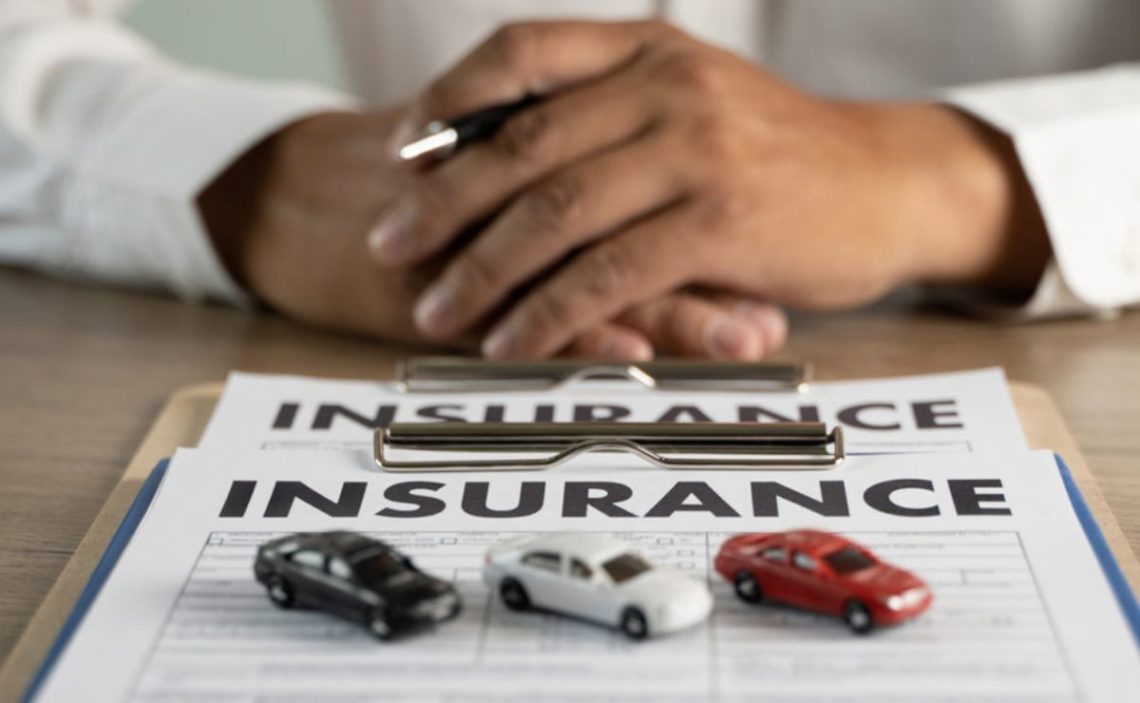In the United States, twelve states are known as no-fault states since special policies guarantee coverage for the vehicles involved after an accident. In Florida, no-fault insurance is a must when driving, according to the law.
We created the no-fault automobile insurance law with two points in mind. People’s frustration while recovering money after an accident, including the inefficiencies of insurance claims and the legal system.
Also believed that insurance premiums would drop considerably with the no-fault law. However, the opposite is true, as auto insurance premiums are exorbitantly higher in no-fault states.
How no-fault insurance fits into an automobile policy
In Florida, no-fault insurance is when every driver looks to their auto insurance policy to make claims, regardless of whose responsibility it is for the accident. In that regard, licensed individuals must have Personal Injury Protection (PIP) insurance included in the policy.
A licensed driver should have at least $10,000 in Personal Injury Protection (PIP) and $10,000 in Property Damage Liability (PDL) as part of automobile policy coverage, especially in Florida, which is very complex.
Some coverages have different ways to cover them. Some cover your injuries and the injuries of others. They also cover damages to other people’s cars or autos. Of course, there are the issues of deductibles and limits.
This insurance quickly compensates the victims of traffic accidents through its insurance, regardless of the fault of the accident. The idea is to reduce personal injury claims.
PIP Policy Coverage
No-fault insurance covers the policyholder’s household members and vehicle passengers who do not dream of a vehicle. PIP coverage protects a person as a driver and pedestrian. PLD coverage covers damage to another person’s vehicle or property.
Priority is given to PIP coverage as it has the highest percentage of claims. This policy covers most expenses and other benefits.
- Medical Expenses: Personal Injury Protection policies cover up to 80% of medical expenses for emergency medical conditions up to the policy limit. Still, treatment must be received by a qualified professional for eligibility. For minor injuries, only $2,500 is covered.
- Lost wages: The policy covers part of the injured victim’s wages lost due to the accident, either because of the injuries or because of missed work for medical appointments or medical procedures in connection with the damage. Up to 60% of the lost wages are covered based on the person’s earnings for 13 weeks before the accident.
- Death benefits: This includes funeral and burial expenses. The amount covers up to $5,000 in death benefits to qualifying survivors.
How PIP Coverage Works
No-fault insurance is mandatory; it is the first policy coverage you must start paying for with your insurer. In that sense, you must notify the insurance company as soon as possible to receive PIP benefits when you have an accident. You will need to fill out an application for PIP benefits.
Within 14 days after the accident, you will need to see a doctor receive the full $10,000 in PIP benefits. To be eligible for medical assistance, you must be diagnosed with an emergency medical condition by a physician, doctor of osteopathy, physician’s assistant, dentist, or registered nurse practitioner.
If you are not diagnosed or reviewed by any licensed professional for eligibility for the $10,000 no-fault insurance, you will only receive $2,500.
After notification of the PIP claim, the doctors send the bill directly to the insurer. The insurance company must return the payment within 30 days and record all charges it pays through PIP.
PIP auto coverage will reimburse you for injuries sustained while driving your vehicle when you are a passenger in a car and if you are injured by someone else’s vehicle while walking or riding a bicycle.
It also covers any relative living in the same household injured while driving a vehicle, riding as a passenger, walking, or bicycling when hit. It is in the event the relative does not have PIP coverage. PIP no-fault insurance covers people driving your vehicle with your permission and uninsured passengers in your car.
Benefits of No-Fault Insurance
No-fault insurance is intended for drivers to deal with the insurance company when there is an injury following an accident. Under the traditional method, victims must prove their injuries to the other driver’s insurance company. It often results in a lawsuit to collect compensation for the accident.
In the case of PIP, it is not necessary to assess fault before initiating coverage. In that sense, medical expenses and all lost wages are paid as stated in the policy and on time. Despite this, you should be aware that PIP coverage is somewhat complex.
Coverage is purchased as part of the insurance purchased for the vehicle, but it covers many situations, including cases where you are not in the car. Sometimes, it covers family members living in the same household or passengers. However, some exceptions are important to know.
Even though it is no-fault insurance, the insurance claim by the vehicle driver increases premiums, even though there is no fault on the victim’s part. In addition, new laws determine how much compensation a person can get for a PIP claim, affecting those for non-emergent conditions.


